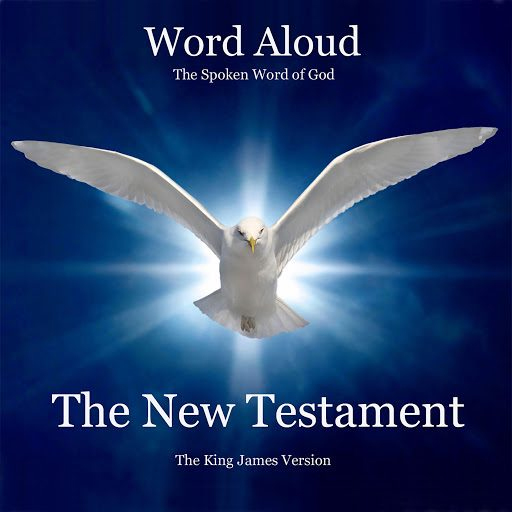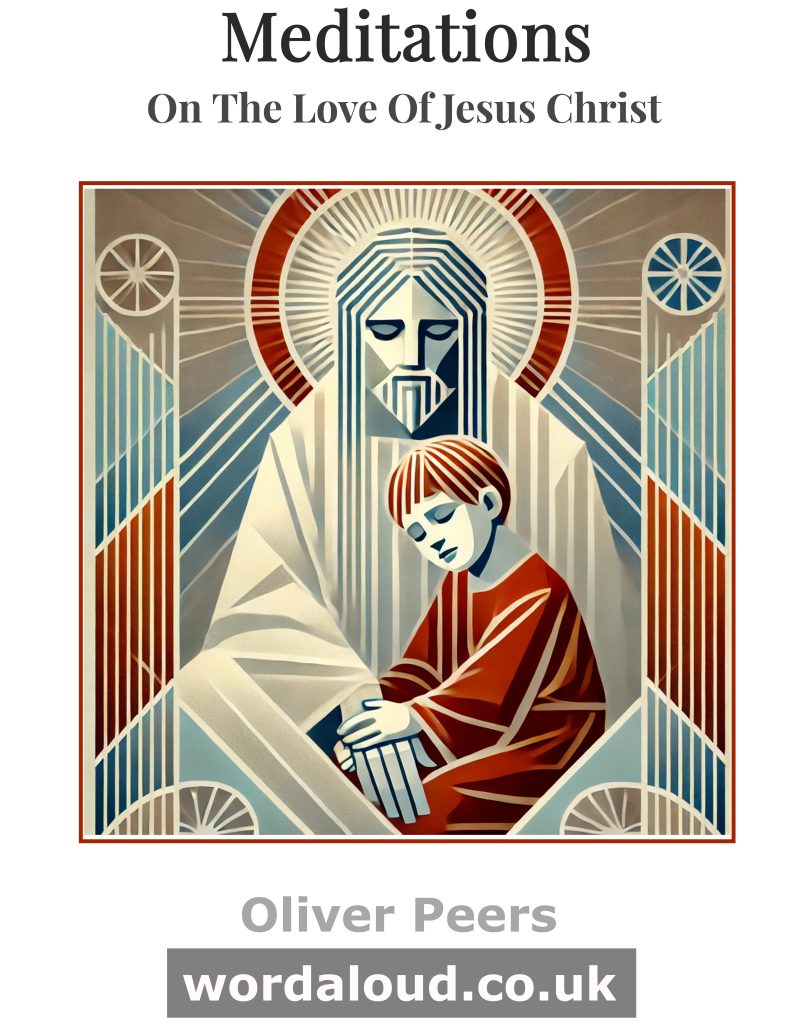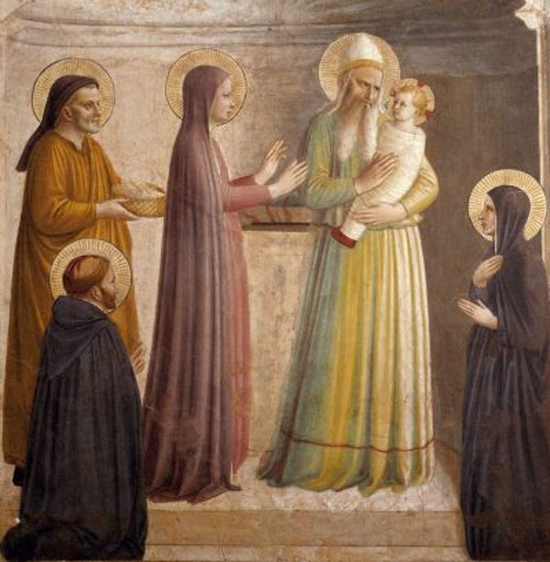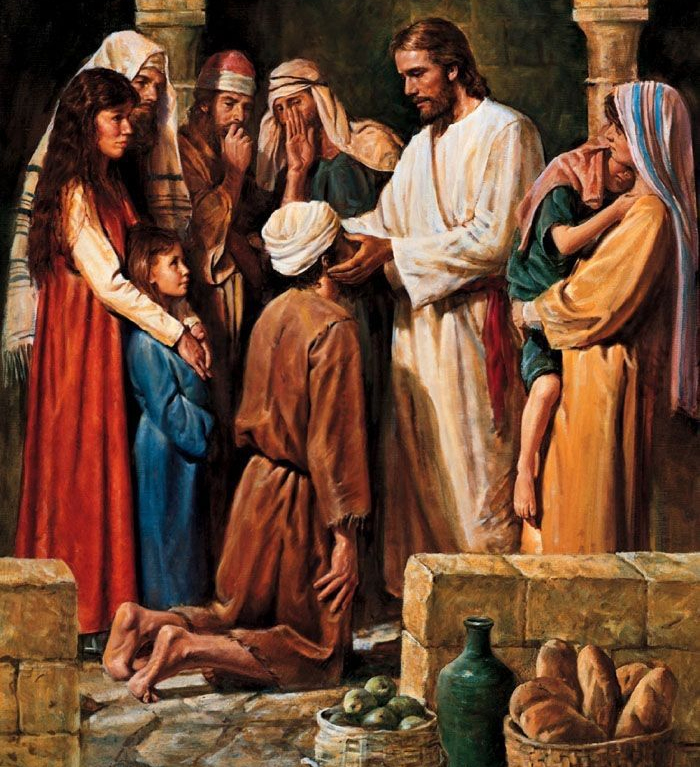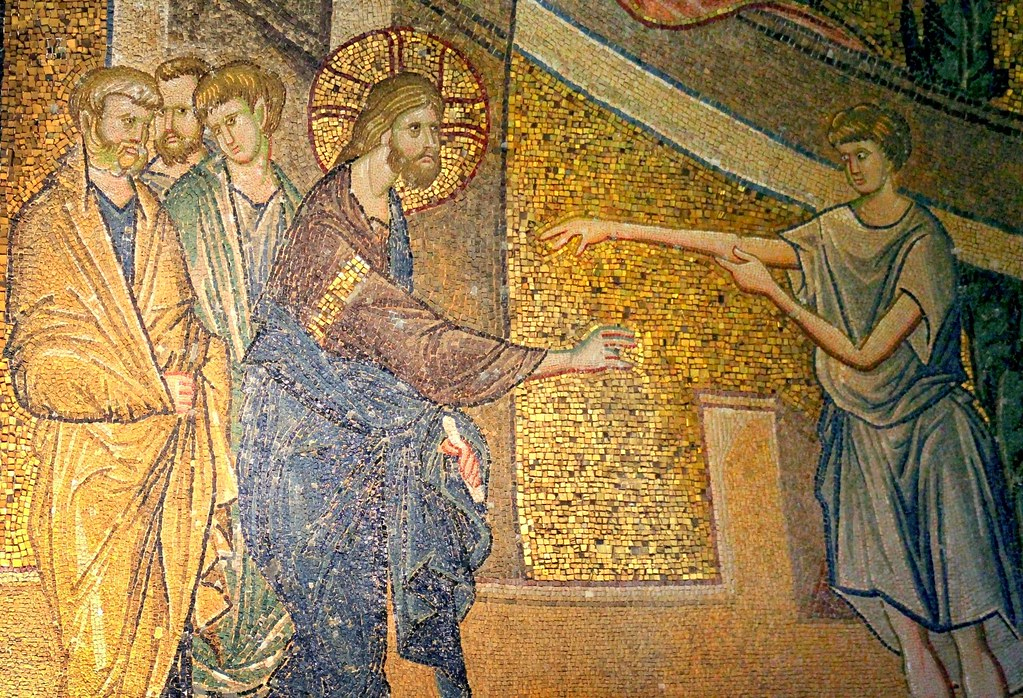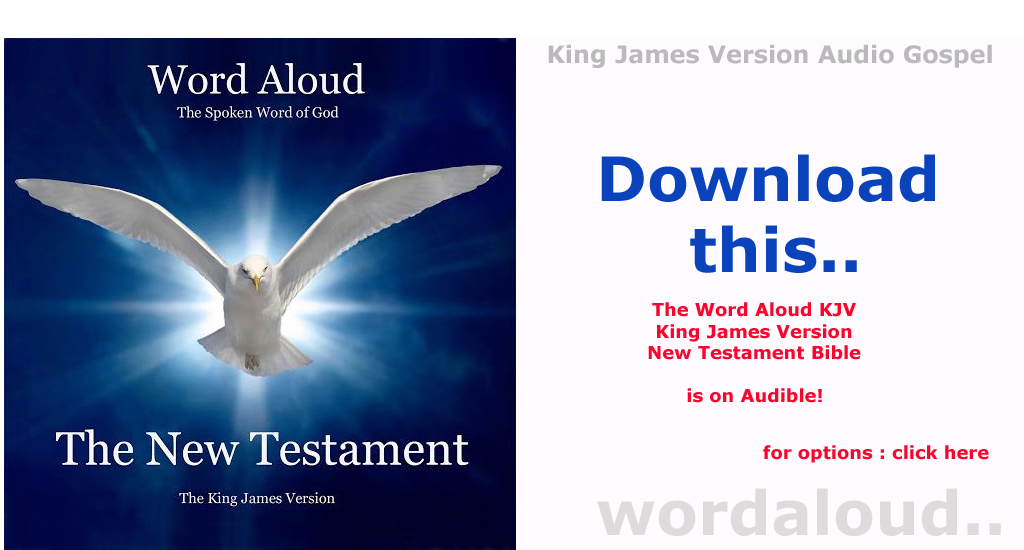King James Audio Bible | The Gospel Of Saint John | Chapter 1
The King James Version (KJV) Bible, also known as the Authorized Version, is one of the most influential and widely recognized English translations of the Bible. The KJV Bible was commissioned by King James I of England in 1604 and was first published in 1611. The translation was the result of a massive collaborative effort by a team of 47 scholars, who worked for seven years to produce a translation that was accurate, elegant, and accessible to the common people.
In commissioning the King James Version – KJV Bible, King James had several goals in mind. One was to create a translation that would be accessible to all English-speaking people, regardless of their education or social status. Another was to establish a uniform and authoritative English Bible that settle the English Reformation and finalize the now established Church of England.
To achieve these goals, King James assembled a team of 47 scholars and theologians, who were charged with translating the Bible from the original Hebrew and Greek texts. The translators worked in six separate committees, each responsible for a different section of the Bible.
The process of translating the Bible was a complex and challenging one, as the translators had to navigate a wide range of linguistic, textual, and theological issues. They were committed to creating a faithful and accurate translation, but they also sought to create a work of literature that would be both accessible and beautiful.
The final product was a translation that combined accuracy and faithfulness with literary elegance and cultural relevance. The KJV – King James Version Bible quickly became the most popular English Bible of its time, and it has remained an important and influential work to this day.
English Translations Prior To The King James Version – KJV Bible
Prior to the King James Version, the English Bible had gone through several revisions and translations, including the Tyndale Bible, the Coverdale Bible, and the Geneva Bible. These translations were largely influenced by the Protestant Reformation, which had brought about significant changes in Christian theology and practice.
The English Reformation, which began in the 16th century, was a period of religious and political upheaval in England. The Reformation was initially sparked by the publication of Martin Luther’s Ninety-Five Theses in 1517, which challenged the Catholic Church’s teachings on salvation and sparked a movement of Protestant reformers.
In England, the Reformation was driven by a complex set of political and religious factors. King Henry VIII, who had initially been a staunch defender of the Catholic Church, broke away from Rome in 1534 after the Pope refused to annul his marriage to Catherine of Aragon. Henry established the Church of England, which was initially Catholic in doctrine but gradually became more Protestant, especially under Henry’s son Edward VI, until Elizabeth I and then James I desired to end theological dispute and bring the nation together under one Church of England, of which the monarch is the head.
Despite these changes, the English Bible remained largely inaccessible to the common people. The Tyndale Bible, for example, was published in 1526 but was banned by the Catholic Church and burned in public. The Geneva Bible, which was published in 1560, was widely popular among Protestants but was considered seditious by the English authorities and was also banned.
It was against this backdrop that King James I commissioned a new English translation of the Bible. The King James Version was intended to be a revision of the existing English translations, rather than a completely new translation. The translators were instructed to ‘make a good one better,’ and to retain the familiar language and style of the earlier translations.
The translators drew heavily on the Greek and Hebrew texts, as well as previous translations of the Bible, in order to produce a translation that was accurate and faithful to the original sources. The translators also used a literary style that was influenced by the language and literature of the Elizabethan era, which has contributed to the KJV’s enduring popularity and cultural influence.
Despite its enduring popularity, the KJV has faced criticism and controversy over the years. Some scholars have pointed out errors and inconsistencies in the translation, and have argued that more accurate translations of the original texts have since been produced. For example, the use of the word ‘unicorn’ in the KJV has been criticized as a mistranslation of the Hebrew word ‘re’em,’ which likely referred to a wild ox.
Despite these criticisms, the King James Version Bible remains an important cultural artifact and a source of inspiration and guidance for millions of people around the world. Its influence can be seen not only in religious and theological discourse, but also in literature, music, and popular culture. As one scholar has noted, ‘the King James Version of the Bible has shaped the language, literature, and life of English-speaking people for over 400 years.’ (David Norton, A History of the Bible as Literature)
Translations Of The Bible Prior To The King James Version – KJV
- John Wycliffe Bible (1382): This translation of the Bible into Middle English was the first complete translation of the Bible in English, and is often referred to as the ‘Wycliffe Bible’. The translation was produced by John Wycliffe and his associates, and was based on the Latin Vulgate translation of the Bible, which was the standard Bible used by the Catholic Church at the time. The Wycliffe Bible was handwritten, and was not widely distributed, although it did influence later English translations of the Bible.
- William Tyndale’s New Testament (1526): William Tyndale’s New Testament was the first printed translation of the New Testament in English. Tyndale was a scholar and theologian who was fluent in Greek and Hebrew, and he believed that the Bible should be translated into the vernacular so that people could read it for themselves. Tyndale’s translation was based on the original Greek, rather than the Latin Vulgate, and was therefore seen as a direct challenge to the authority of the Catholic Church. Tyndale’s translation was not authorized by the Church, and he was eventually arrested and executed for his efforts.
- Coverdale Bible (1535): The Coverdale Bible was the first complete printed translation of the Bible in English. It was produced by Miles Coverdale, a 16th-century English scholar and theologian, and was commissioned by King Henry VIII of England. The Coverdale Bible was largely based on the Tyndale Bible, and included a number of revisions and corrections. The Coverdale Bible was widely used in England, and was an important step towards the standardization of the English language.
- Matthew Bible (1537): The Matthew Bible was a translation of the Bible into English that was produced by John Rogers, a scholar and theologian who was influenced by the work of William Tyndale. The Matthew Bible was largely based on the Tyndale Bible, but also incorporated material from the Coverdale Bible and other sources. The Matthew Bible was widely used in England, and was an important precursor to the King James Version.
- Great Bible (1539): The Great Bible was an English translation of the Bible that was produced under the direction of King Henry VIII of England. The translation was largely based on the work of Miles Coverdale, but also included contributions from a number of other scholars and theologians. The Great Bible was the first English Bible to be authorized for use in churches, and it was widely distributed throughout England.
- Geneva Bible (1560): The Geneva Bible was an English translation of the Bible that was produced by English exiles in Geneva during the reign of Queen Mary I. The translation was based on the original Greek and Hebrew texts, and was heavily annotated with notes and commentary. The Geneva Bible was highly popular in England, and was the Bible used by William Shakespeare and other influential figures.
- Bishop’s Bible (1568): The Bishop’s Bible was an English translation of the Bible that was produced under the direction of the Church of England. The translation was largely based on the Great Bible, but also included contributions from a number of other scholars and theologians. The Bishop’s Bible was intended to be a more accurate and scholarly version of the Bible than previous translations, and was widely used in England until the publication of the King James Version in 1611.
The English Of The King James Version – KJV Bible
One key feature of the King James Version Bible is its elegant and poetic language, which has made it a beloved work of literature as well as a religious text. The translators of the KJV Bible were not only concerned with accuracy and faithfulness to the original texts, but also with creating a translation that would be aesthetically pleasing and accessible to readers of all backgrounds.
The translators drew on a rich tradition of English literature and language in order to create a translation that would be both faithful to the original texts and culturally relevant to their readers. For example, the use of parallelism and repetition in many of the Psalms and Proverbs reflects the influence of English poetry, particularly the poetry of William Shakespeare.
In addition to its literary and cultural significance, the King James Version Bible has also had a profound impact on religious and theological discourse. The translation was embraced by many Protestant denominations, who saw it as a faithful and authoritative representation of the Word of God.
The KJV Bible also played an important role in shaping the development of the English language. The translation introduced many new words and phrases into the English language, and its influence can be seen in the works of many later writers, including John Milton, William Blake, and Ernest Hemingway.
The KJV Bible has played a central role in shaping the English language and the cultural identity of English-speaking people, and its legacy continues to be felt to this day.
The Bible King James Version – KJV As A Protestant Text?
The King James Version – KJV Bible is a product of the English Reformation – and the break with Rome of the 1530s. While a literary gem, it is also remarkably accurate as a translation of the original Bible texts – from Hebrew and Greek. There are inaccuracies in translation, though these are more quaint misprision than of theological significance. Wild oxen, for example, become unicorns – and this follows the example of the Latin Vulgate.
The King James Version – KJV Bible is notable in that the translators did look to the original texts and desired accuracy. This is in contrast to the Catholic and counter-Reformational Bible the Douay–Rheims, which was more fully a translation of Jerome’s Vulgate and was additionally nuanced to reflect the institution of the Roman Catholic Church. (We might perhaps note the Bible of The Roman Catholic Church is now the New Vulgate – which is a translation into Latin of the original texts with a concern for greater accuracy.)
King James Audio Bible | Audio Bible KJV | King James Version
The King James Version – KJV Bible is a rich and beautiful text which might be considered intended to be read aloud. It is powerful poetry. It is of immense significance in the English literary and oral traditions. A variety of audio KJV is available, and each has a contribution to make.
The audio on this website is extracted from the Word Aloud Audio Bible King James Version – KJV New Testament – which is available on Audible. Links to the USA and UK Audible sites are:
King James Version – Audio Bible KJV – UK
King James Version – Audio Bible KJV – USA

